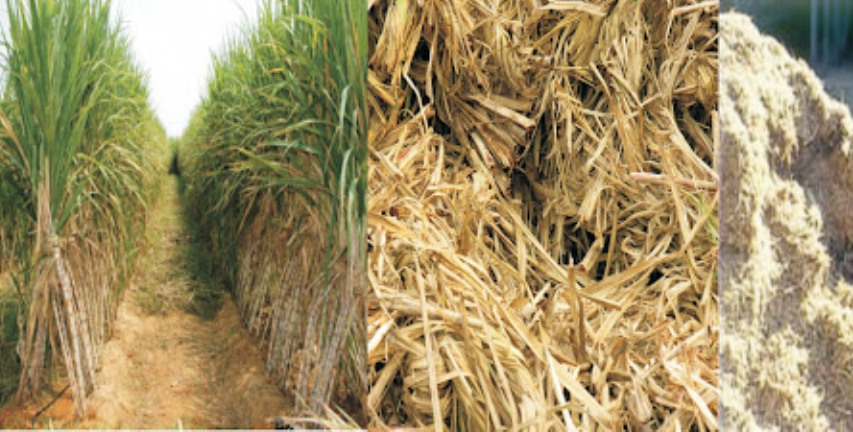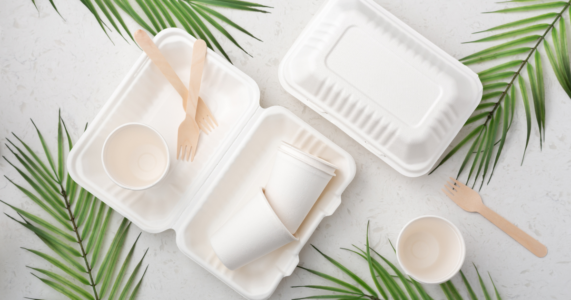What You Should Need to Know about Sugarcane Fiber?
As the world continues to seek more sustainable alternatives to conventional materials, sugarcane fiber containers have emerged as an eco-friendly option for packaging. Derived from bagasse, a byproduct of sugarcane processing, these containers offer a range of benefits that cater to both environmental concerns and business needs. In this comprehensive guide, we will delve into the various aspects of sugarcane fiber containers, from their composition to their environmental advantages, applications, and their suitability for different businesses.
Sugarcane fiber bagasse is the residue that remains after sugarcane stalks are crushed to extract juice for sugar production. This fibrous material, which was previously considered waste, has found new purpose as a sustainable resource. Bagasse is transformed into a pulp that can be molded into various shapes to create compostable to go containers.
Sugarcane fiber containers offer a host of environmental benefits
Sugarcane is a rapidly renewable resource, making it a more sustainable option compared to materials like plastic derived from fossil fuels.
Sugarcane fiber containers break down naturally over time, reducing the burden on landfills and ecosystems.
These containers can be composted, contributing to nutrient-rich soil for agricultural purposes and completing the lifecycle in an environmentally friendly manner.
Various types of sugarcane fiber are used in restaurant and takeaway food packaging. These can range from plates, bowls, and trays to clamshell containers for both hot and cold foods. The versatility of sugarcane fiber allows for an array of packaging options to suit different culinary needs.
Sugarcane fiber containers hold their own against alternative packaging materials in several ways
These containers are sturdy and can handle a variety of food types without compromising structural integrity.
Sugarcane fiber has natural insulating properties, making it suitable for both hot and cold foods.
Unlike some other bio-based materials, sugarcane fiber can withstand high temperatures without melting or warping.
Sugarcane fiber containers are used in various industries, including food service, catering, events, and even retail packaging. They are suitable for a wide range of foods, from salads and sandwiches to hot meals.
Whether sugarcane fiber containers work for your business depends on various factors. If your establishment serves hot or cold food and aims to adopt sustainable practices, these containers can align with your goals. Additionally, their cost-effectiveness compared to some other eco-friendly options can make them an attractive choice for businesses of different sizes.
Sugarcane fiber containers offer a versatile and eco-friendly alternative for packaging needs. Their unique combination of attributes makes them a worthy consideration for businesses striving to embrace sustainability without compromising on quality or affordability.




